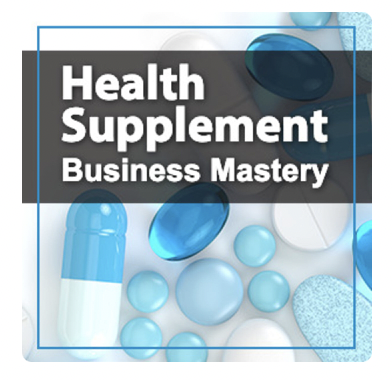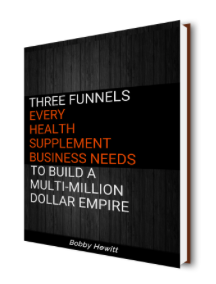The health of a sales funnel is measured by business growth which is tied to the velocity at which a funnel can add new customers to your business.
How you track that growth is through funnel metrics.
Metrics that tell you not only the performance of the funnel itself but also how much you can afford to spend to acquire a customer.
We’ll get into the exact metrics in a bit but first, let’s step back and look at the funnel itself before diving into what metics are important.
The velocity of a direct response funnel is very fast. A single day in fact. This is why direct response marketers try to obtain breakeven on their ad costs on day one.
But most marketers are obsessed with Conversion rates. That is, are how many people actually did the thing you wanted them to do?
And they should be to a degree, because a sales conversion, is what adds money to your business.
But there’s more to it than just sales conversion.
To diagnose any funnel you’ll want to also look at conversion to next step, which is the percentage of visitors that move from one stage of the funnel to the next.
The typical stages and next step metrics to keep an eye on for a funnel are:
How many people get…
…from Sales page to order page.
…from Order page to up-sell 1 page.
…from Up-sell 1 to Up-sell 2 etc, depending on how many upsets you have or down-sells.
And finally how many people get from your last up-sell to thank you / confirmation page.
The drop off rate from the top of the funnel to the final confirmation page is an indicator of having too many up-sells. Some markets are more willing to bear more up-sells than others.
A healthy percentage from a sale to final confirmation page is 50%
Taking the total number of unique visitors that make it to the confirmation page divided by the number of unique visitors that buy your offer.
If it’s higher than that, you either have the correct amount of up-sells or you can add more. The only way to really tell is to break it by lowering the overall conversion to next step percentage.
If it’s below 20% then that’s a sign that your market has a lower tolerance for up-sells and you may have too many in your funnel.
But let’s get back to the exact metrics that drive funnel success.
Funnel Metrics Basics
There are three critical levers to adjust in any funnel to get it humming along where you can put in $10 and get $15 or $20 back.
The first is Cost Per Acquisition, or sale (CPA). How much does it cost you to get a buyer?
The second is Return On Ad Spend (ROAS). How much money do you get back for every dollar you spend to get a visitor to your funnel?
And the third is Average Order Value (AOV). How much did a buyer spend on average in your funnel?
All three are vital key funnel metrics for success because they are all connected.
For an overview on these three metrics and how to calculate them refer to the article: Sales Funnel Key Performance Indicators For Success.
As well as the article: Funnel Metrics: Optimizing Your Dietary Supplement Sales Funnel
To understand what are good numbers for return on ad spend, average order value and more, you’ll want to check out the article: Supplement Sales Funnel Numbers (Is your funnel REALLY working?)
Funnel Economics
Most marketers launch funnels without ever first looking at the economics of the funnel to determine if it is viable or not.
There’s nothing worse than working on a funnel that does not have a chance of success.
It’s easy to look at and explore different scenarios of a funnel on paper than once it’s live.
This is where the economics of a funnel can help craft the offers and stages. This is different than your key performance indicators.
Your funnel economics tell you if your funnel is viable and if it can maximize profitability before you even launch it. Both of these articles Funnel Economics 101 and Funnel Economics 201 both explore the topic further.
Even if you’ve been building funnels for years, it pays to break it down systematically, because basic funnel economics uncovers flaws you can’t see by only looking at conversion rates.
Dialing In Your Funnel
Optimizing your sales funnel through A/B testing in order to get the numbers to get them to work is how the game is won or lost.
The reality of dialing in a supplement sales funnel is hard work. In order to fine tune and A/B test your way to a high converting funnel, you’ll need to pay for traffic while it’s underperforming. No sales funnel will be break-even right out of the gate.
But with enough funding and conversion funnel optimization know how, you can achieve a self liquidating funnel.
Discover the 3 funnels that can help your health supplement business succeed.

Listen to the Health Supplement Business Mastery Podcast for for dietary supplement entrepreneurs and marketers.



